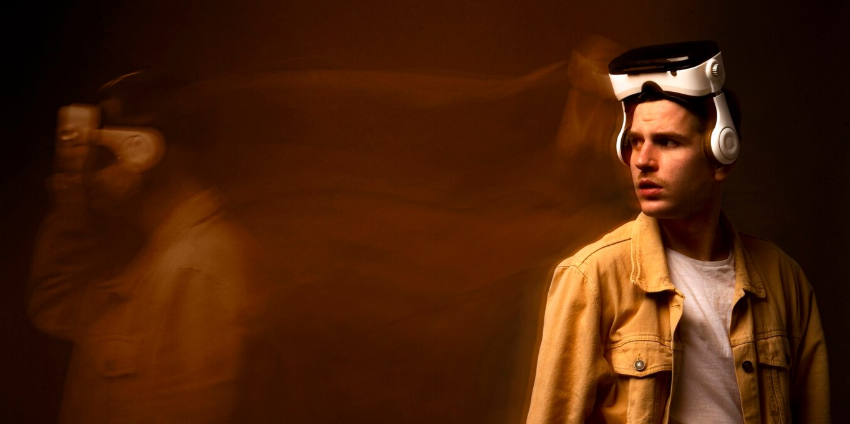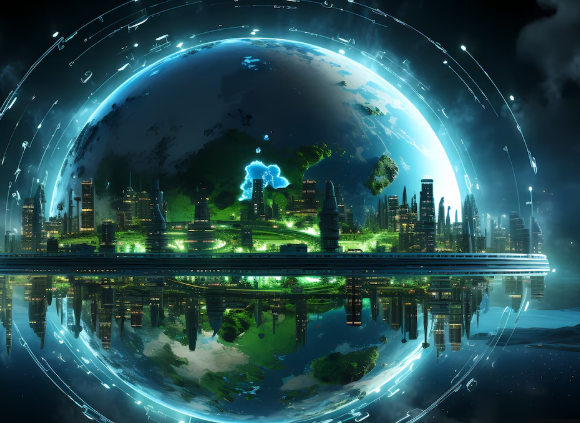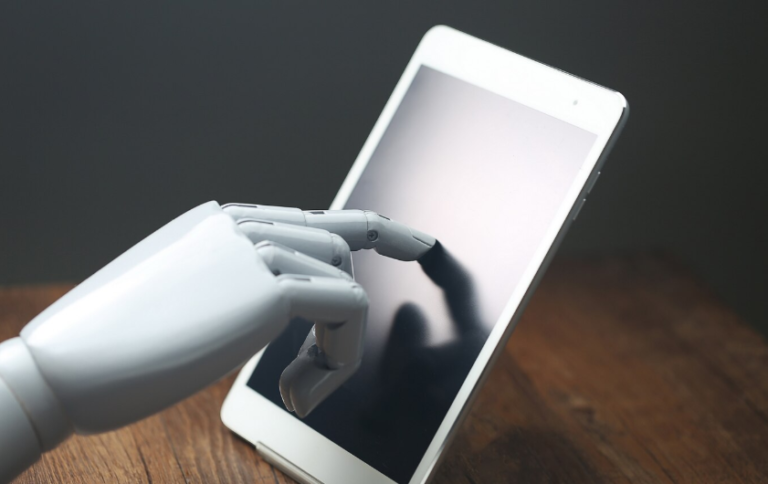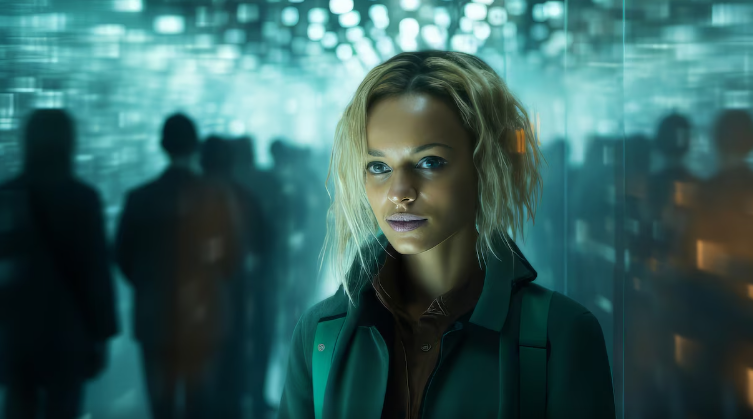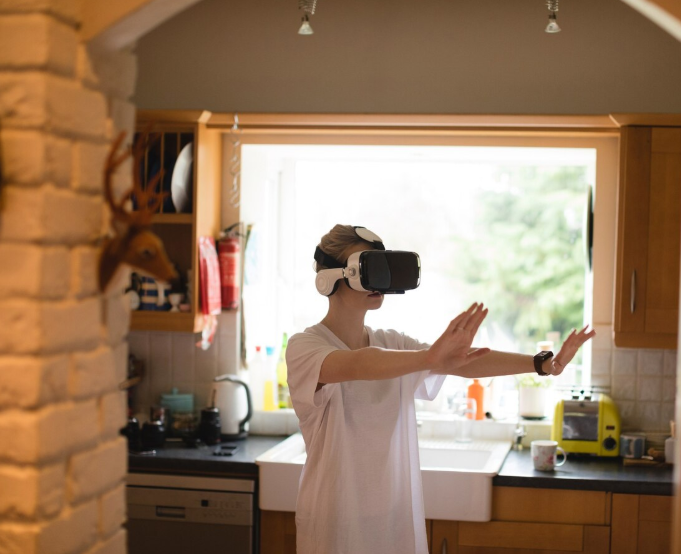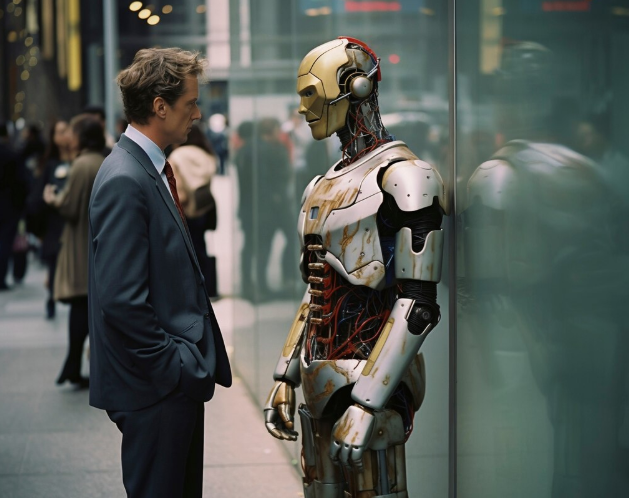From Sci-Fi to Reality: Tech Innovations Inspired by Movies
Science fiction has long been a source of wonder, offering glimpses into futuristic technologies and societies. While many of these imaginative concepts once seemed far-fetched, advances in technology have turned some of the most iconic sci-fi ideas into real-world innovations. From touchscreen devices to self-driving cars, filmmakers’ visions have often inspired engineers, scientists, and inventors to turn fiction into reality. Here’s a look at some groundbreaking tech innovations inspired by movies.
1. Touchscreen Devices – Minority Report
When Steven Spielberg’s Minority Report hit theaters in 2002, audiences marveled at its depiction of gesture-controlled, interactive screens. In the film, Tom Cruise’s character navigates massive, transparent displays with swipes and pinches—long before smartphones and tablets became ubiquitous.
Real-World Innovation
Inspired by such sci-fi depictions, developers began working on touchscreens and gesture-based interfaces. Apple’s iPhone, released in 2007, revolutionized mobile technology with its multi-touch capabilities. Today, gesture recognition is a key component of devices like VR headsets, smart TVs, and gaming systems like the Microsoft Kinect.
2. Smartwatches – Star Trek
The Star Trek franchise has been an unparalleled source of inspiration for tech developers. In the 1960s, Captain Kirk and his crew used communication devices that resembled modern-day smartwatches. These gadgets allowed for voice communication and remote control of ship functions, sparking the imagination of tech enthusiasts.
Real-World Innovation
Decades later, smartwatches like the Apple Watch and Samsung Galaxy Watch brought this vision to life. These wearable devices enable not only communication but also fitness tracking, navigation, and access to AI assistants like Siri and Google Assistant.
3. Artificial Intelligence – 2001: A Space Odyssey
Stanley Kubrick’s 1968 masterpiece 2001: A Space Odyssey introduced HAL 9000, a sentient AI capable of speech, reasoning, and learning. While HAL’s story took a dark turn, it demonstrated the potential of machines to interact with humans on an intellectual level.
Real-World Innovation
Today, AI systems like OpenAI’s ChatGPT, Google Assistant, and Amazon Alexa embody many of HAL’s capabilities—minus the sinister intent. These technologies can process natural language, provide recommendations, and learn from user interactions, blurring the line between human and machine intelligence.
4. Self-Driving Cars – Total Recall
In the 1990 sci-fi film Total Recall, Arnold Schwarzenegger’s character rides in autonomous taxis called “Johnny Cabs,” controlled by a robotic driver. At the time, the idea of self-driving vehicles seemed like pure fantasy.
Real-World Innovation
Fast forward to today, and companies like Tesla, Waymo, and Uber are pioneering autonomous vehicle technology. Self-driving cars use AI, sensors, and GPS to navigate roads, bringing us closer to a future where human drivers might become optional.
5. Virtual Reality – The Matrix
The Wachowskis’ 1999 film The Matrix explored a dystopian world where humans are immersed in a simulated reality indistinguishable from the real world. While the film’s premise was dark, it sparked widespread interest in the concept of virtual reality (VR).
Real-World Innovation
Modern VR systems like Oculus, HTC Vive, and PlayStation VR are transforming gaming, education, and healthcare. While current VR experiences aren’t as immersive as The Matrix, advancements in haptic feedback and graphics are steadily closing the gap.
6. Video Calls – Blade Runner
Ridley Scott’s Blade Runner (1982) depicted a future where video communication was a standard part of everyday life. Characters used video phones to make calls, a concept that felt futuristic at the time.
Real-World Innovation
With the rise of services like Zoom, Microsoft Teams, and FaceTime, video calling has become a cornerstone of modern communication, especially in the post-pandemic era. This once-futuristic concept is now an integral part of work, education, and social interaction.
7. 3D Printing – The Fifth Element
In The Fifth Element (1997), a pivotal scene features the recreation of a human body from just a fragment of DNA using advanced technology. While this seemed like pure science fiction, it foreshadowed the possibilities of 3D printing.
Real-World Innovation
Today, 3D printing is used to create everything from prosthetics to car parts and even human organs. Scientists are making strides in bioprinting, where living tissue is printed layer by layer, potentially revolutionizing medicine and manufacturing.
8. Hoverboards – Back to the Future Part II
In Back to the Future Part II (1989), Marty McFly rides a hoverboard—a floating skateboard that captured the imaginations of an entire generation.
Real-World Innovation
While true hoverboards remain elusive, innovations like the Lexus Hoverboard (which uses magnetic levitation) and hovercraft-style devices bring us closer to the dream. Additionally, electric scooters and self-balancing “hoverboards” inspired by the movie have gained widespread popularity.
9. Voice Assistants – Her
Spike Jonze’s Her (2013) introduced Samantha, an advanced AI voice assistant that evolves into a deeply personal companion. The film explored the emotional and ethical implications of human-AI relationships.
Real-World Innovation
Today’s voice assistants—like Siri, Alexa, and Google Assistant—may not be as emotionally sophisticated as Samantha, but they are increasingly capable of understanding and responding to human needs. Advances in natural language processing and personalization hint at a future where AI companions could play a more intimate role in our lives.
10. Augmented Reality – Iron Man
Tony Stark’s high-tech suit in the Iron Man films featured augmented reality (AR) interfaces, allowing him to see data overlays, maps, and diagnostics in real time.
Real-World Innovation
AR is now a reality, with applications in gaming, retail, and industry. Devices like Microsoft HoloLens and AR apps like Pokémon GO bring digital overlays to the physical world, enhancing how we interact with our environment.
Conclusion
Science fiction movies have always served as a testing ground for the imagination, sparking innovations that shape our reality. By blending creativity with technology, filmmakers have inspired generations of inventors to push the boundaries of what’s possible.
As we continue to bring sci-fi concepts to life, the line between fiction and reality grows thinner, proving that the wildest ideas from the silver screen can one day become the tools we use in everyday life. The only question that remains is: What sci-fi dream will we turn into reality next?

